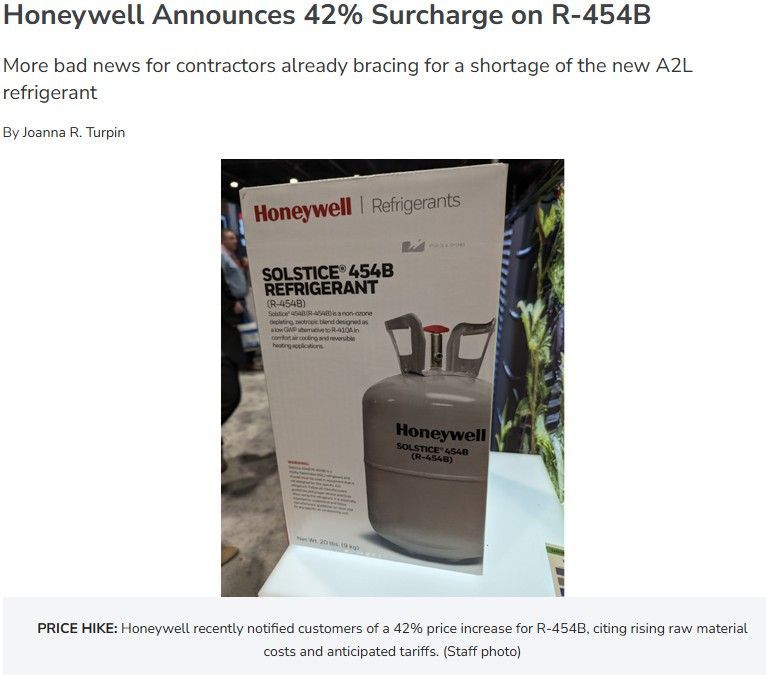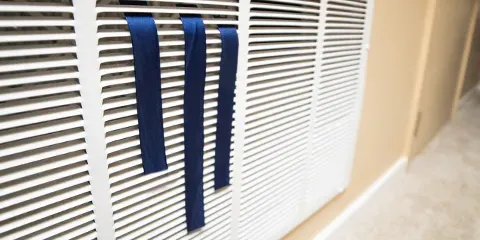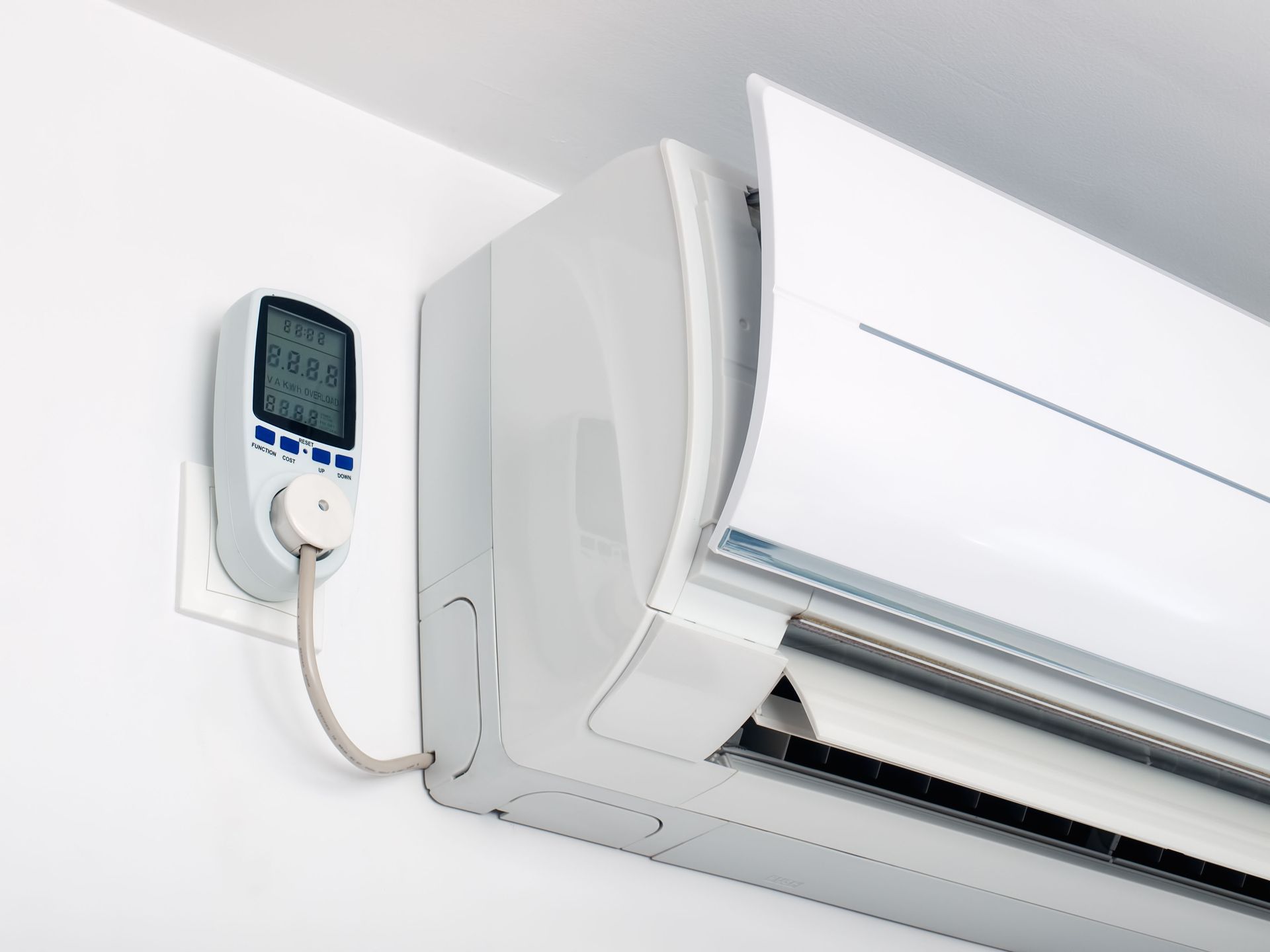Why “Waiting Until It Breaks” Could Cost You Thousands More—Especially in 2025
A/C Pricing Trends

We’ve all heard it before:
“I’ll wait until it breaks.”
Or, “Hopefully, I can get one more summer out of it.”
It sounds like a smart way to stretch your dollars—until it ends up costing you more than ever before.
Let’s break it down.
The Climb in A/C Pricing Over the Years
- 5 years ago: A 5-ton A/C system could be installed for around $5,000.
- 3 years ago: That same system averaged $7,000.
- Today: It’s nearly impossible to get a full install for under $10,000.
And here’s the kicker—prices are projected to climb even higher in 2025 and beyond.
What’s Driving the Cost Spike?
Two key factors are now reshaping the HVAC industry:
1. A2L Refrigerant Transition
Starting in 2025, all new residential HVAC systems will be required to use A2L refrigerants—a newer class of refrigerants designed to be more environmentally friendly.
While better for the environment, A2L systems come with:
- New technology and safety standards
- Specialized installation and handling requirements
- Higher equipment and training costs
This change is pushing prices even higher for both equipment and labor.
2. Tariffs on Imported Components
New and increasing tariffs on HVAC components, including compressors, coils, and even raw materials like copper and steel, are further inflating prices.
Combined, these changes mean homeowners waiting for a system to fail may face:
- Fewer options on short notice
- Longer wait times for installations
- Much higher upfront costs
What Smart Homeowners Did Differently
The ones who came out ahead?
They acted early—before the big changes hit—and opted for:
- Full-system replacements at pre-inflation prices
- Warranties that included labor, which are now no longer offered due to sustainability challenges
Bottom Line: Waiting Comes with a Price
Delaying replacement may feel like a money-saving move, but with today’s pricing trends, refrigerant regulation changes, and tariffs, it’s becoming a costly gamble.
If you’re on the fence, now is the time to act—before “waiting” turns into paying more and getting less.








Share On: